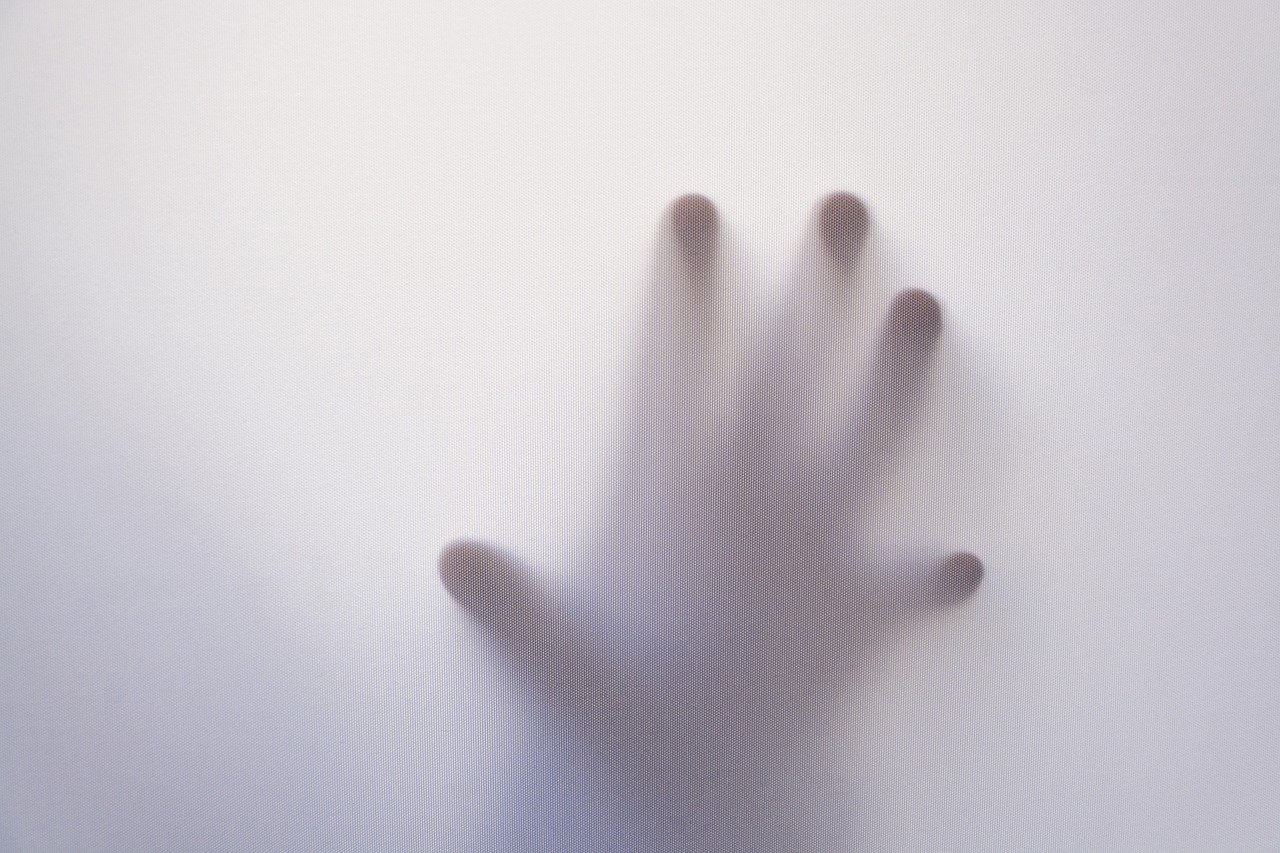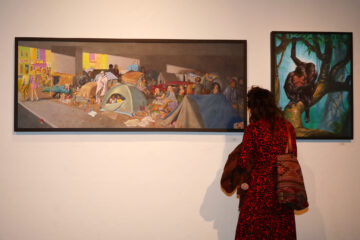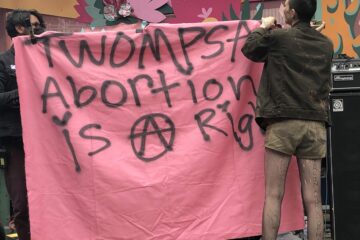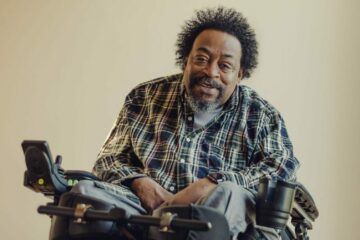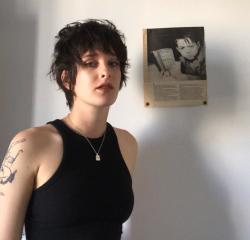Hauntings, Demolition, and Murder: The Fascinating History of SF’s City Hall
In 1942, San Francisco City Hall employees began to fear their place of work.
Every day, shortly after noon, employees heard five rapping sounds, seemingly emanating from within the walls. This was followed by a brief pause, then another three raps.
Nobody could explain the source of these eerie sounds.
Interestingly, San Francisco’s City Hall was built on the site of the Yerba Buena Cemetery. Completed in 1899 after 27 years of construction, the original City Hall stood all of seven years before it was demolished by the San Francisco 1906 earthquake.
In the wake of the quake, the Beaux-Arts City Hall that we know today was erected in 1915 and completed in less than three years. It wasn’t until this resurrection that the site became host to strange, paranormal occurrences.
The Moscone-Milk murder
On November 27, 1978, blood was shed in City Hall.
Dan White, a former Board of Supervisors member, was informed that Mayor George Moscone would not reappoint him to the city board. In a rage, White returned to City Hall with a .38 revolver, killing Moscone on sight. White then turned on his apparent rival, Harvey Milk, a celebrated activist and the first openly gay politician to hold public office in California. White shot Milk in the chest, leaving his body to be found by Dianne Feinstein, then-President of the Board of Supervisors.
In recalling this horrific scene, Feinstein has said, “I think of it as if it were yesterday. I remember Harvey’s body, his blood on me. I see it all.”
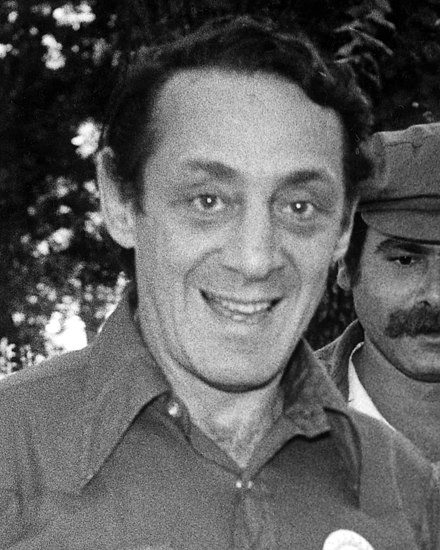
“Harvey Bernard Milk (May 22, 1930 – November 27, 1978) was an American politician and the first openly gay man to be elected to public office in California, as a member of the San Francisco Board of Supervisors. ” (Photo and caption courtesy Wikipedia)
Upon being caught, White pled a “diminished capacity” defense, which contends that “a certain defendant is incapable of intending to cause a death, and therefore must have at most caused such a death recklessly.” This defense differs from a “reason of insanity” defense, and is utilized to reduce a murder charge to a manslaughter charge. In White’s case, a testifying psychiatrist claimed that White’s consumption of sugary foods, like Twinkies, could mean that White was acting with diminished capacity.
Curiously, this defense proved successful, and it became known as the “Twinkie defense.” White was charged with manslaughter rather than murder, and was sentenced to five years in prison. As the Huffington Post points out, “The estimated shelf life of a Twinkie was seven years, so when he was released, that Twinkie in his cupboard would still have been edible.”
A year after White’s release, he committed suicide, leaving behind his wife and two children.
Ever since this historic event occurred, strange sights and sounds have been attributed to the ghosts of Moscone, Milk, and White. However, City Hall was believed to be haunted decades before their deaths.
Whatever the source, inexplicable occurrences remain a feature of San Francisco’s City Hall.



